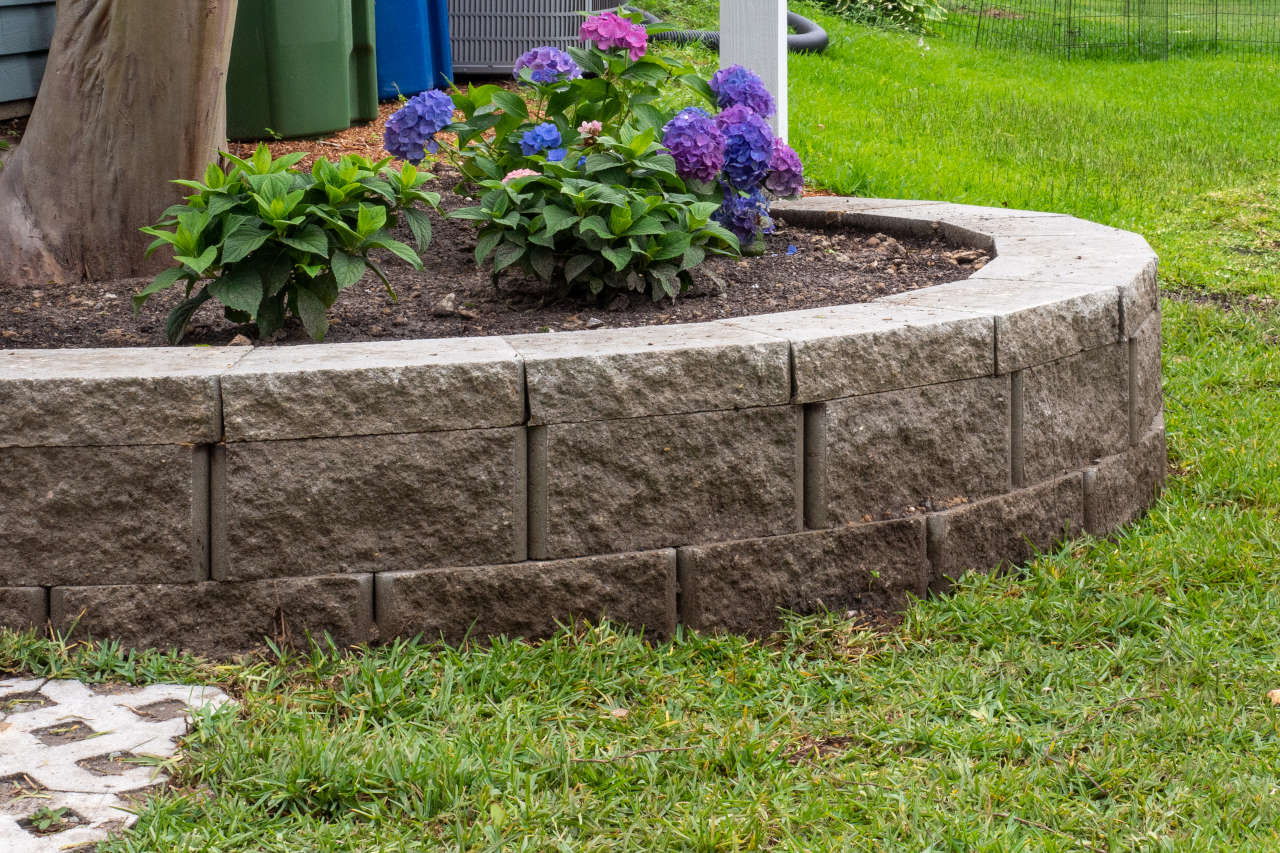Retaining Wall Calculator
Result:
Wall Block Material Estimate:
Blocks
Cap Blocks
yds3 Base Gravel
yds3 Backfill Gravel
Estimated Material Cost
Blocks
Cap Blocks
Base Gravel
Backfill Gravel
Estimated Total
How to Calculate Block Retaining Wall Materials
Retaining walls can be built for a variety of purposes, but most are used to help hold back soil
or water. They can be simple or complex depending on their size and what they are being used to
contain.
This calculator estimates the most popular materials for creating aesthetic retaining walls –
concrete blocks, cinder blocks, and decorative blocks that are designed to be used as a dry
stack wall without mortar.
To estimate block retaining wall materials using the calculator above, enter the wall’s width and
height and the preferred block dimensions.
If you’re using a different block style for the cap row, then enter those dimensions separately
to get a separate estimate for the cap blocks. You can also add the price per block to estimate
the retaining wall cost.
How Many Retaining Wall Blocks Do You Need

To estimate the total number of retaining wall blocks, you’ll first need to calculate the number of rows and columns needed for the wall.
Step One: Take Measurements for the Wall
Start by measuring the wall’s width and height. Most experts suggest embedding the first course
of blocks below grade about 10% of the wall height to support it correctly.
For example, if the desired wall height is 6 feet, you should embed it below grade by 7-8
inches. Be sure to account for this when measuring the wall height.
Step Two: Calculate the Rows and Columns
Divide the wall’s width in inches by the block width and round up; this is the number of columns.
Divide the wall’s height in inches by the block height and round up; this is the number of rows.
For example, if your wall is 3 feet high and 30 feet long using blocks that are 6 inches high
and 10 inches wide, then you will have 6 rows and 36 columns.
Formulas to Calculate Rows & Columns
block width
block height
Step Three: Calculate the Retaining Wall Blocks Needed
To find the total number of blocks needed for the wall, multiply the number of columns by the number of rows; don’t forget to subtract a row if using cap blocks.
Formula to Calculate Blocks
Calculate Cap Blocks
If the top row will be a cap block, then the number of cap blocks needed is equal to the number of columns found above, as long as the cap blocks have the same width as the field blocks. Otherwise, you will need to calculate those separately.
Estimating Wall Square Footage
Some blocks are sold by the square foot rather than by the block. Others may be sold by the
pallet, with a set number of square feet per pallet. This is particularly true if you are
purchasing a block material that is arranged in a pattern or that may have varying colors of
blocks.
Therefore, you will need to get the total square footage of the wall you intend to build. For
this, you will need the width and height of the wall in feet or inches. This should be the total
height of the wall, including any block material that will be used below grade.
Multiply these two measurements together. If you are using feet, the resulting number will be
your total square feet for the wall. If you are using inches, divide this number by 144 to get
the total square feet. Round up to the nearest full pattern or pallet being sold.